
NVIDIA Virtual GPU (vGPU) technology unlocks AI capabilities within Virtual Desktop Infrastructure (VDI), making it more powerful and versatile than ever before. By powering AI-driven workloads across virtualized environments, vGPU boosts productivity, strengthens security, and optimizes performance. The latest software release empowers businesses and developers to push innovation further��
]]>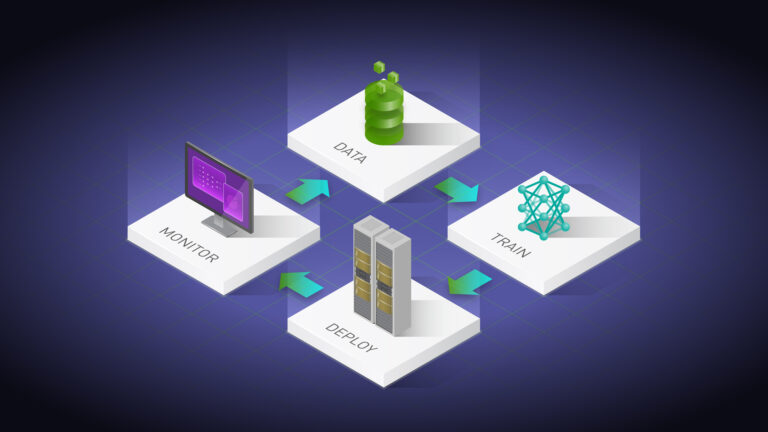
NVIDIA AI Enterprise is an end-to-end, secure, cloud-native suite of AI software. The recent release of NVIDIA AI Enterprise 3.0 introduces new features to help optimize the performance and efficiency of production AI. This post provides details about the new features listed below and how they work. New AI workflows in the 3.0 release of NVIDIA AI Enterprise help reduce the��
]]>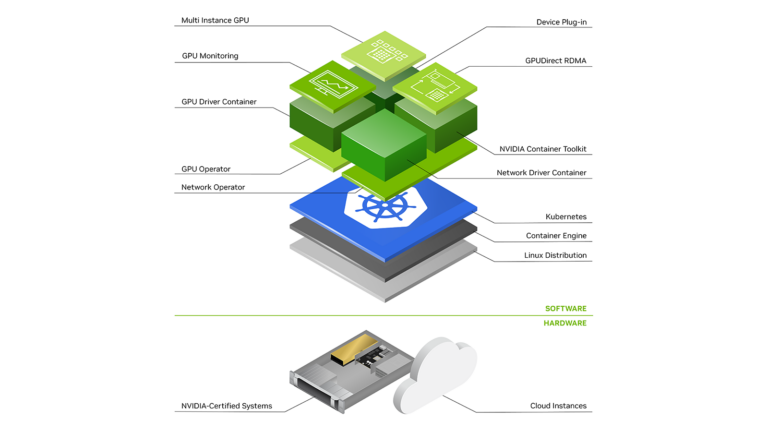
Many organizations today run applications in containers to take advantage of the powerful orchestration and management provided by cloud-native platforms based on Kubernetes. However, virtual machines continue to remain as the predominant data center infrastructure platform for enterprises, and not all applications can be easily modified to run in containers. For example��
]]>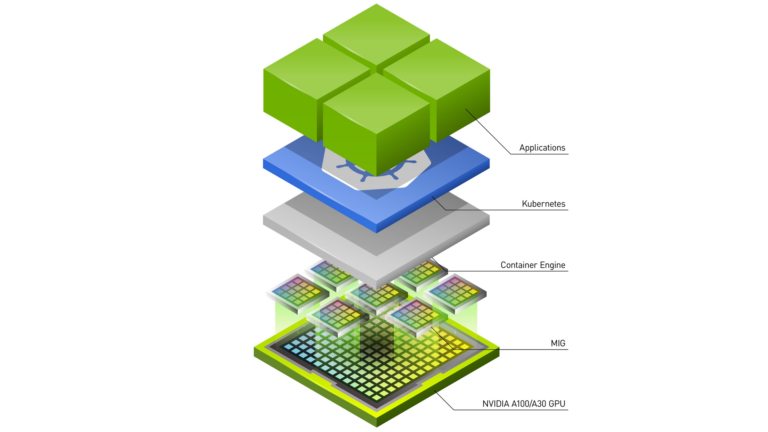
For scalable data center performance, NVIDIA GPUs have become a must-have. NVIDIA GPU parallel processing capabilities, supported by thousands of computing cores, are essential to accelerating a wide variety of applications across different industries. The most compute-intensive applications across diverse industries use GPUs today: Different applications across this spectrum can��
]]>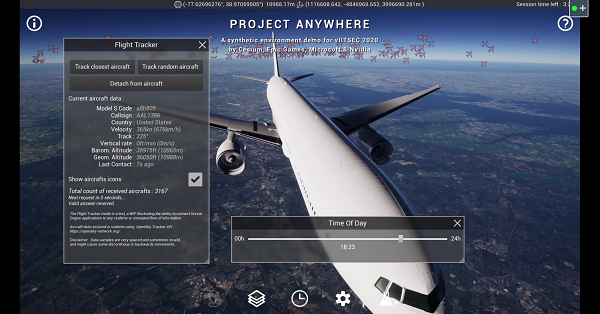
Imagine a future where ultra-high-fidelity simulation and training applications are deployed over any network topology from a centralized secure cloud or on-premises infrastructure. Imagine that you can stream graphical training content from the datacenter to remote end devices ranging from a single flat-screen or synchronized displays to AR/VR/MR head-mounted displays.
]]>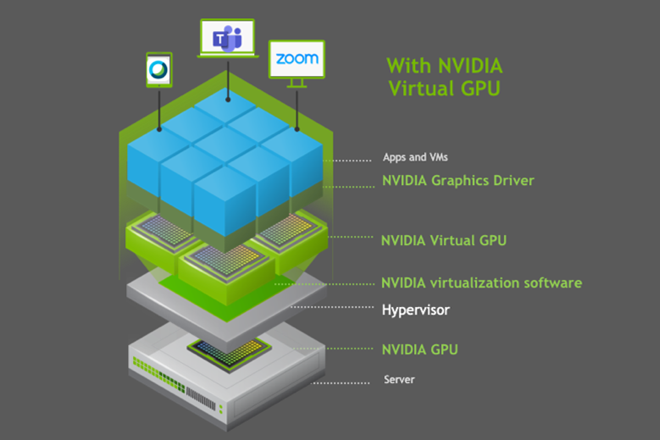
As 2020 progresses, remote work solutions have become the new normal for many. Organizations are looking to proven solutions like virtual desktop infrastructure (VDI) to enable their teams to securely work from anywhere. However, the latest productivity and video conferencing applications require more powerful desktops to ensure a good user experience. With the NVIDIA Virtual PC (vPC)��
]]>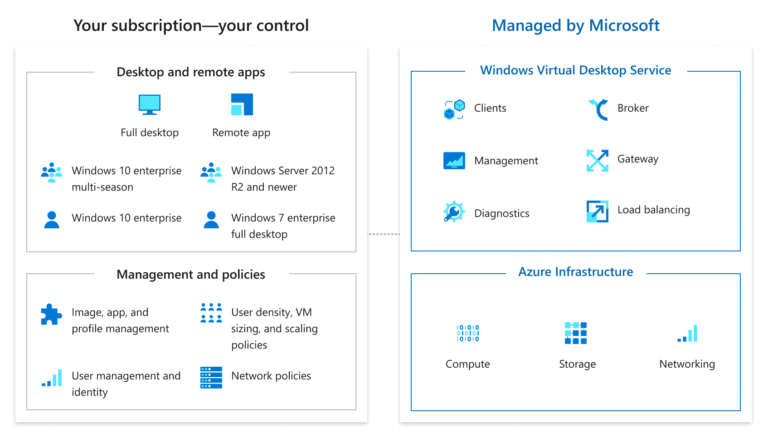
If you��re supporting the recent influx in remote work, you��ve probably noticed that business applications are more graphics-heavy than ever before. Applications such as Microsoft Office, Google Chrome, and PDF readers now offer graphics-rich features that require more power. In addition, 4K and multiple high-resolution monitors, as well as multimedia streaming, are becoming the new normal in the��
]]>